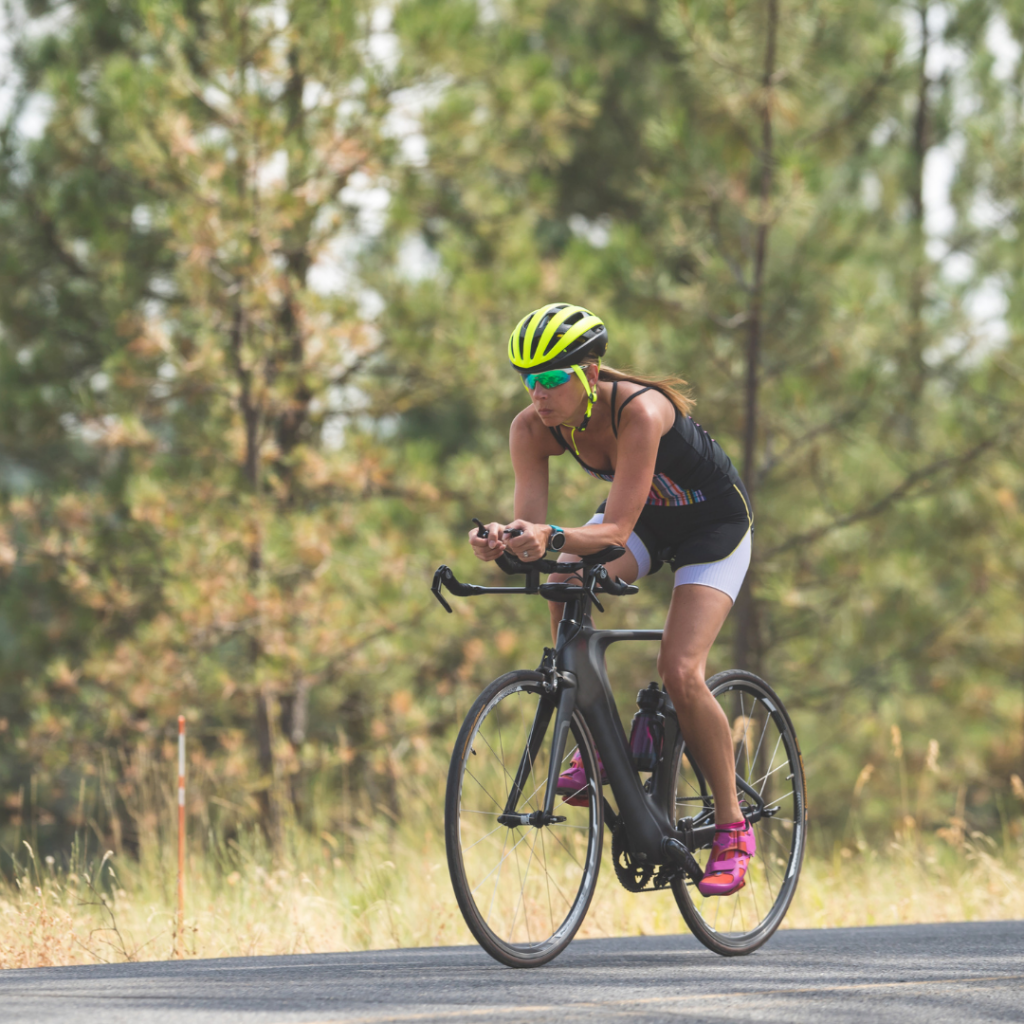No products in the cart.
3 Keys to TT and Triathlon Bike Fits
- Posted on

We recently had a question from one of our followers regarding the role of position on a TT/Triathlon bike and how you balance aerodynamics and biomechanical efficiency.
This is a question that is not a simple “Do XYZ” answer but can be broken down into three key areas to come to a final position.
The Goal: Without comparing specific goals of individuals let’s look at the goals of the event. Simply comparing the difference of a time trial specialist to a triathlete in and of itself is significant. One should finish completely gassed whereas the other still has to run off the bike. Therefore we will have two very different positions.
The positional goal of a sprint triathlete vs. an Ironman triathlete are incredibly different as well as you are looking at a fraction of the time riding with a different goal in run pace off the bike.
The Body: Each individual athlete has different positional capabilities. This can be due to flexibility limitations, prior injuries or simply the skeletal structure. All of these must be factored in to determine what position a rider can/should be in.
The Science & Art: Once the previous goals are factored in this is where the rubber meets the road. Your position becomes a large factor of your capability to hold speed. With this, we have found that it is often necessary to sacrifice a little bit of power in order to increase speed. There is no golden rule that we can extrapolate, for example a 5% decrease in power equals an 8% increase in speed as too many variables play into the overall equation but, we do see that when positioning an athlete on their bike that power can decrease and average speeds (on their consecutive rides and races) will increase.
In search of a great bike fit for your TT or tri bike? We have both in-person and virtual bike fit services!
